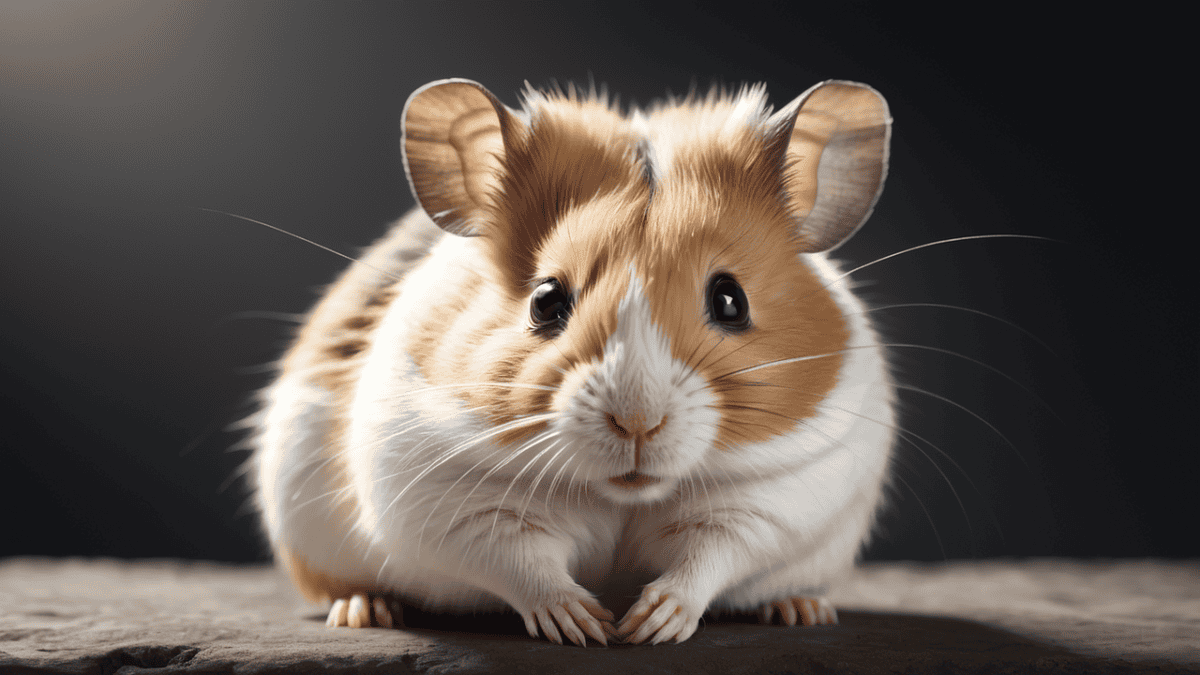Hamsters are delightful, pint-sized companions that bring joy to many pet owners worldwide. Their whiskered faces and inquisitive nature make them irresistibly charming. Yet, one aspect of hamster ownership often tugs at the heartstrings: their fleeting life expectancy. In this article, we’ll explore the reasons why these beloved pets have such brief lifespans, guided by insights from experts in the field.
Understanding the Hamster’s Natural Habitat
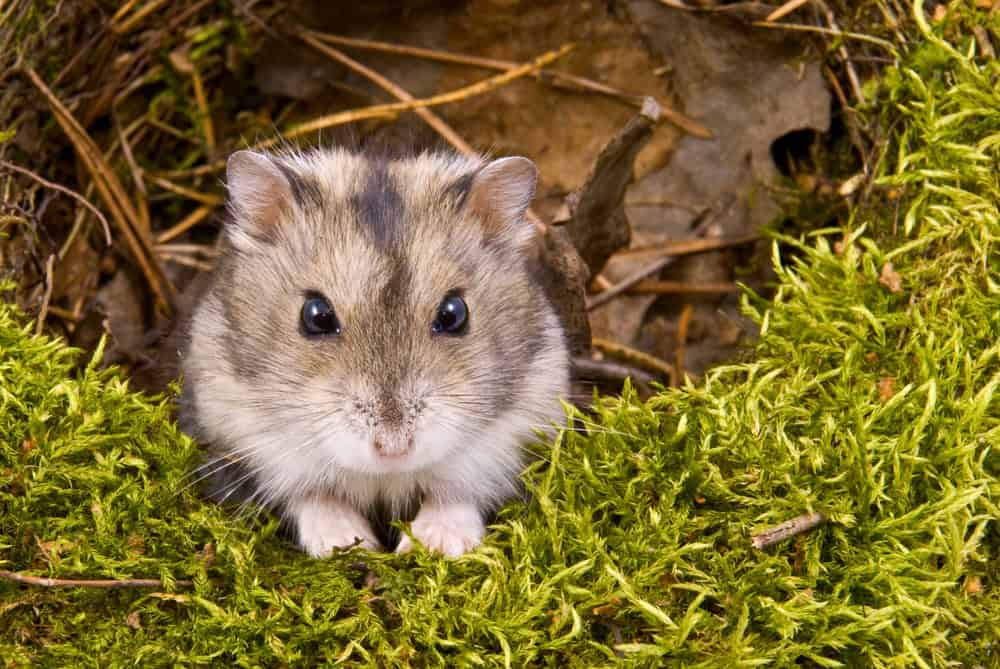
To understand why hamsters live only a few years, we should begin by considering their natural environment. Native to various regions such as the Middle East and parts of Asia, hamsters have adapted to live in conditions where survival is a day-to-day challenge. In the wild, factors like predators, scarce food resources, and harsh climates contribute to their shorter lifespan.
Hamsters’ Life Cycle and Growth Patterns
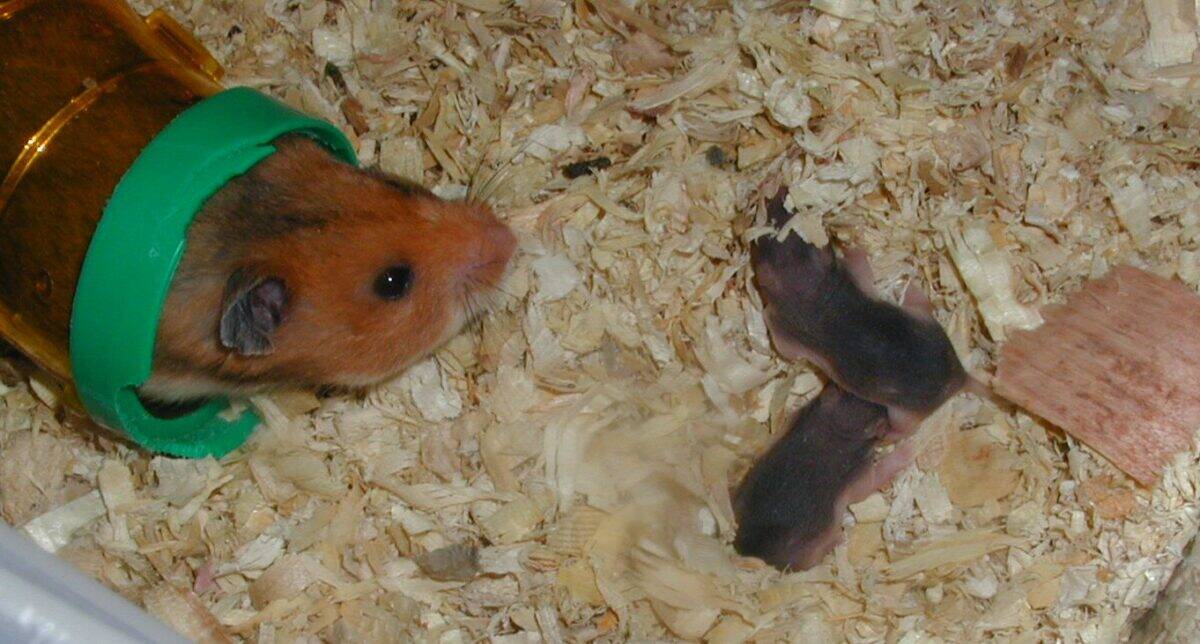
Hamsters exhibit rapid growth and development, reaching maturity in a matter of weeks after birth. This swift maturation process enables them to reproduce quickly, a crucial aspect of survival in the wild. Experts note that in many small mammals, a shorter lifespan is balanced by the ability to reproduce at a young age, ensuring the continuation of the species.
Biological Factors and Aging
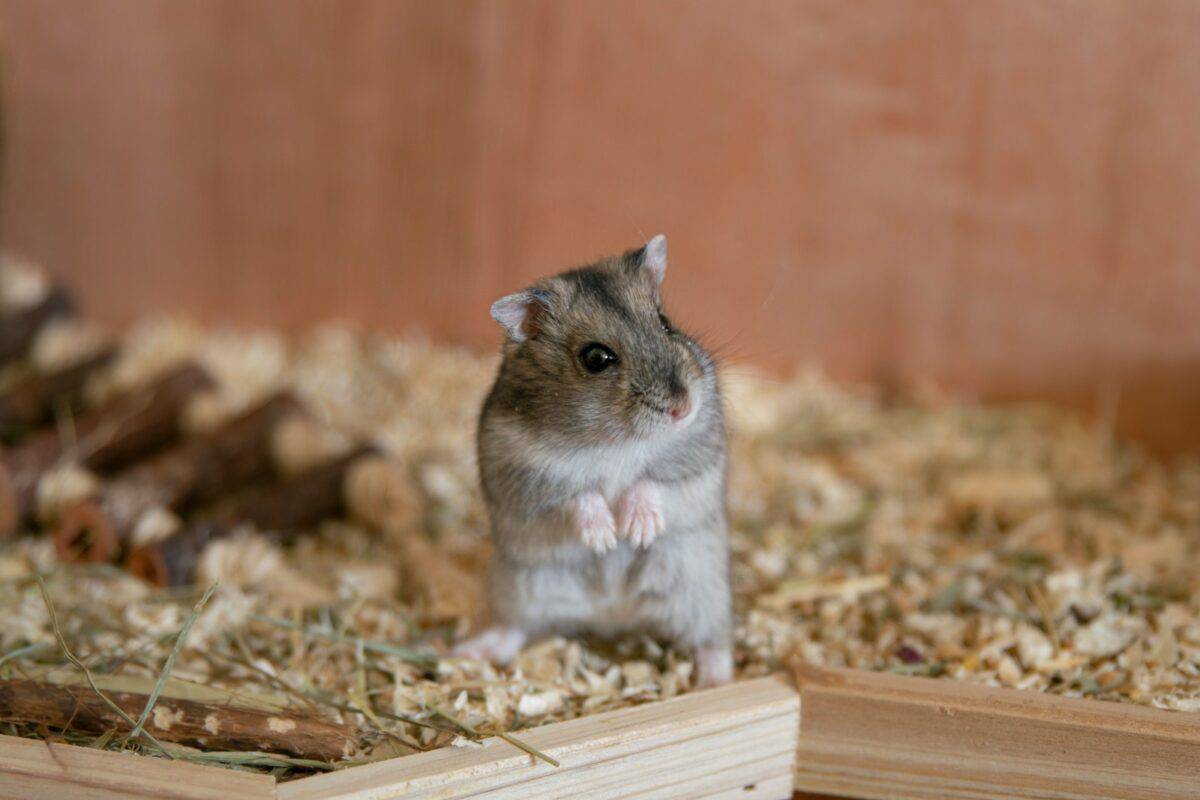
Biologically, hamsters age at a faster rate than many other animals. Their cellular processes are geared towards rapid reproduction rather than longevity. The biological clock of a hamster ticks much faster when compared to larger mammals, leading to accelerated aging and a correspondingly short life span.
The Impact of Size on Longevity

Size plays a crucial role in the lifespan of animals. Typically, smaller animals, like hamsters, have shorter lifespans compared to larger ones. This phenomenon, often referred to as “rate of living,” suggests that the smaller an animal is, the faster its metabolism and the shorter its natural lifespan.
Metabolic Rate and Its Role
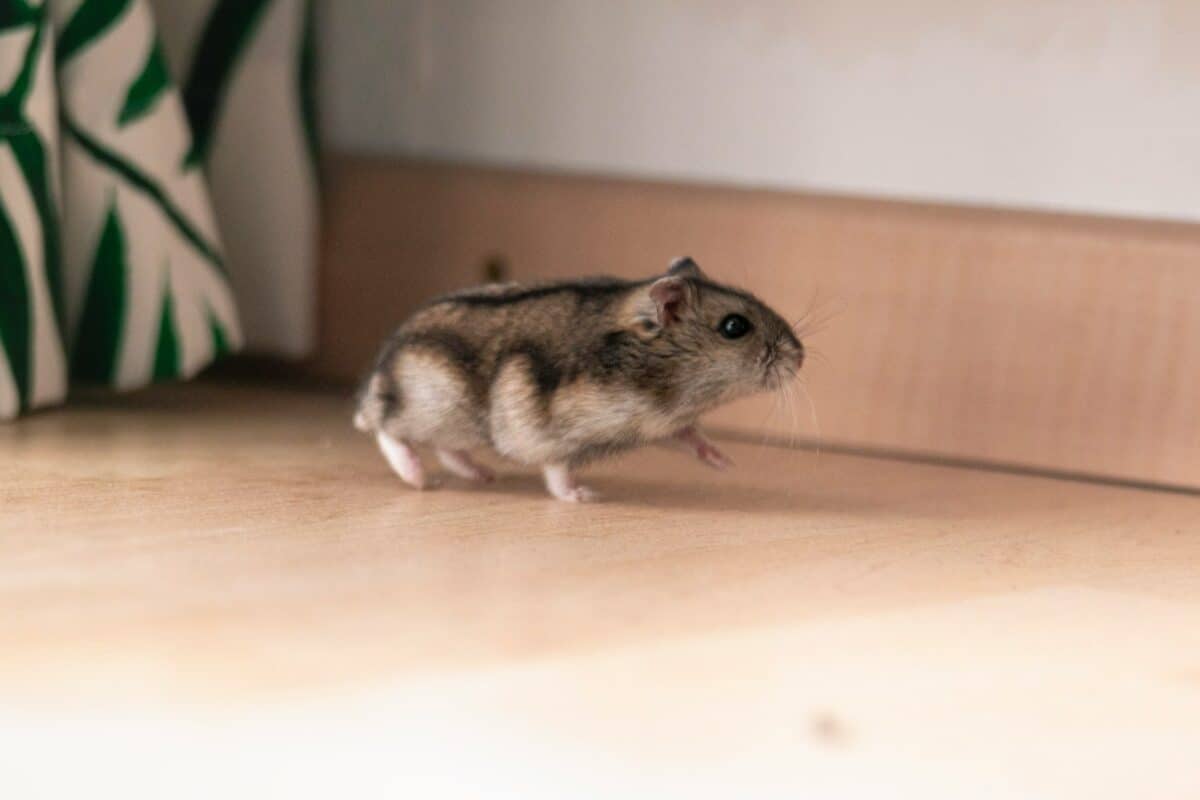
Hamsters have a high metabolic rate, which means their bodies are constantly working at a fast pace, even while at rest. This high energy expenditure contributes to their short lifespans as their bodies sustain greater wear and tear over time compared to animals with slower metabolisms.
Genetic Influences on Lifespan
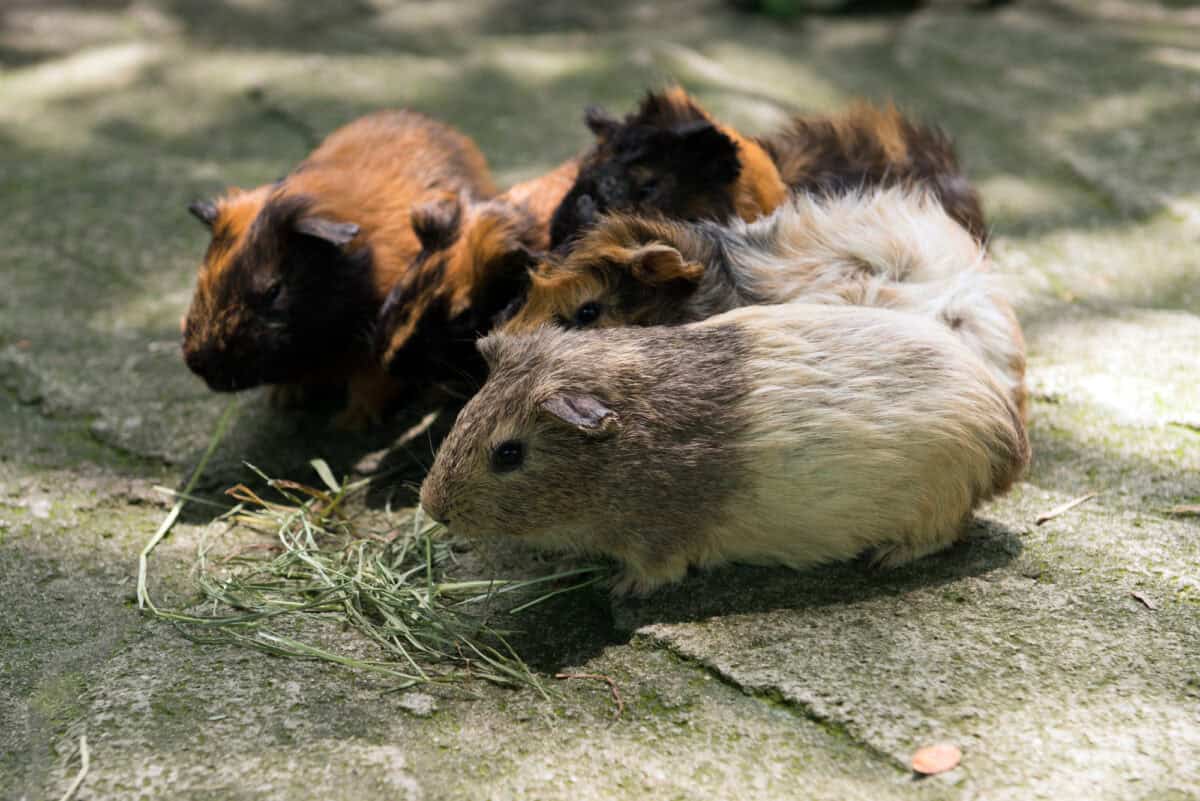
Genetically, hamsters are predisposed to short lifespans. Their DNA has been fine-tuned to optimize for reproduction rather than longevity. Unlike some animals that have evolved mechanisms to repair cellular damage, hamsters have a genetic makeup that emphasizes rapid growth and reproduction.
The Role of Health and Disease

Health issues and diseases also factor into the short lifespan of hamsters. Due to their compact size and fast metabolism, they are susceptible to health problems that can quickly become severe. Conditions such as tumors, heart disease, and respiratory infections are common among hamsters and can drastically shorten their lives.
Environmental Stress in Captivity
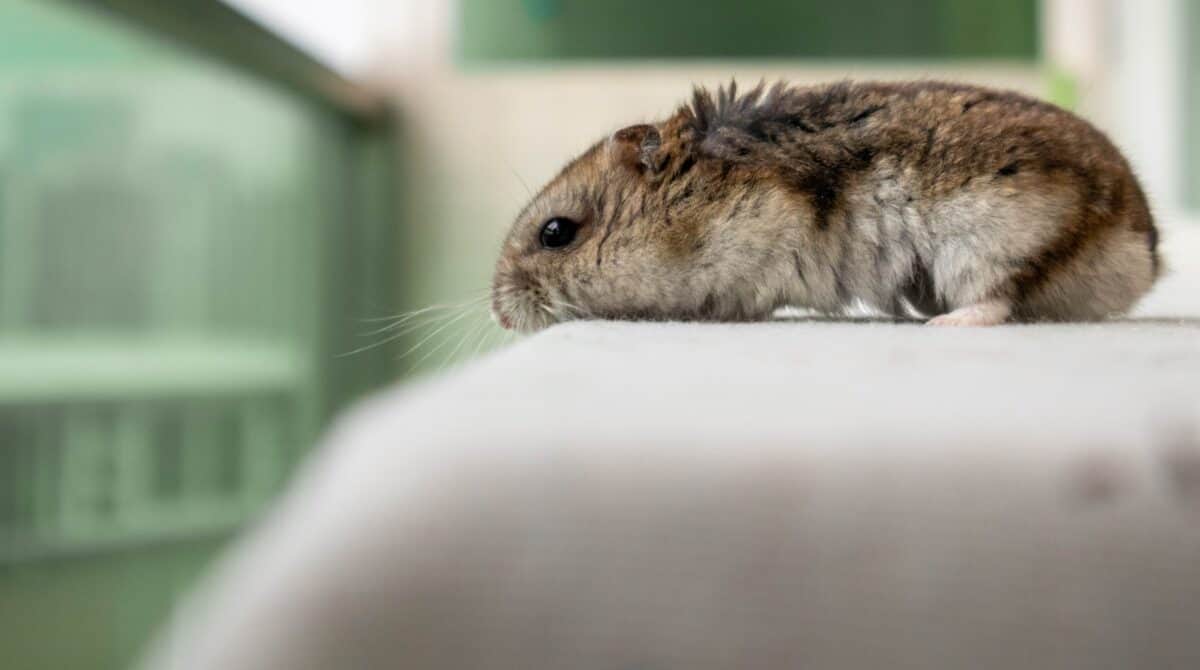
While life in captivity shields hamsters from many of the dangers they face in the wild, stress can significantly impact their health and longevity. Factors such as improper diet, unsuitable habitat conditions, and lack of mental stimulation can lead to stress, which adversely affects their overall well-being and lifespan.
Importance of Diet and Nutrition

A balanced diet is crucial for maintaining a hamster’s health. Nutritional deficiencies or imbalances can lead to health problems that may shorten their lifespan. Pet owners can prolong their hamsters’ lives by providing a diet rich in essential nutrients and avoiding overfeeding or giving inappropriate foods.
Maximizing Longevity through Proper Care

It is possible to extend the life of pet hamsters through conscientious care. Providing a stimulating environment, regular veterinary check-ups, and proper handling can promote a longer and healthier life. By understanding and addressing their specific needs, we can aid in their well-being.
Common Myths About Hamster Lifespan
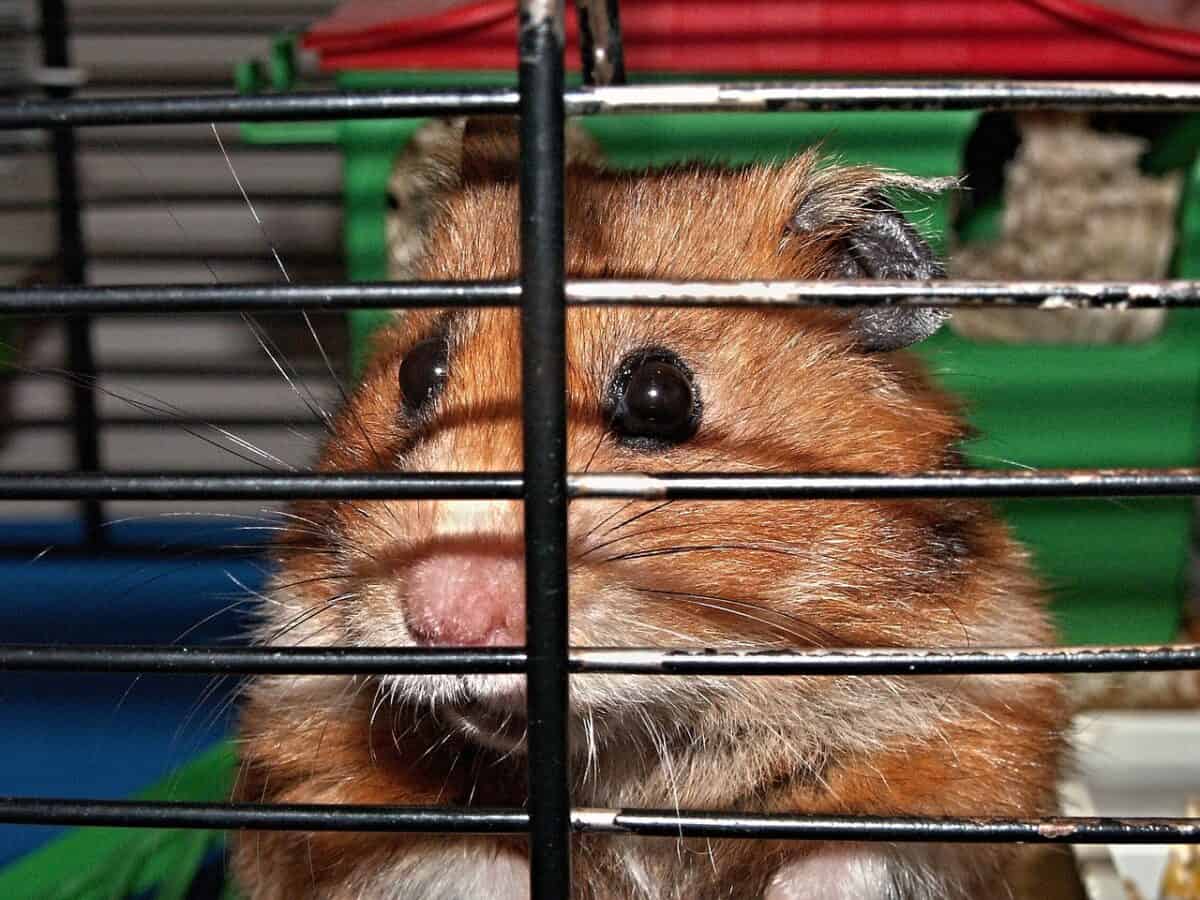
Misconceptions about hamster lifespans abound. Some believe that larger cages or special diets can drastically extend their lives, but the truth is more nuanced. While these factors can enhance a hamster’s quality of life, they cannot delay the biological processes that govern aging.
The Emotional Aspect of Hamster Ownership

Though their time with us is brief, hamsters can leave a lasting impression. Many pet owners develop deep emotional bonds with these small creatures, finding joy in their antics and companionship. Acknowledging the natural cycle of life can help us cherish the moments we share with our hamster friends.
In conclusion, the short lifespan of hamsters is a product of their biology, genetic predisposition, and environmental factors. By understanding these elements, we can take steps towards ensuring they live as healthily and happily as possible. While we can’t change the fleeting nature of their lives, we can appreciate the joy and love they bring into ours, cherishing every moment spent with these delightful animals.
- America’s Most Endangered Mammals And How to Help - August 9, 2025
- The Coldest Town in America—And How People Survive There - August 9, 2025
- How Some Birds “Steal” Parenting Duties From Others - August 9, 2025

